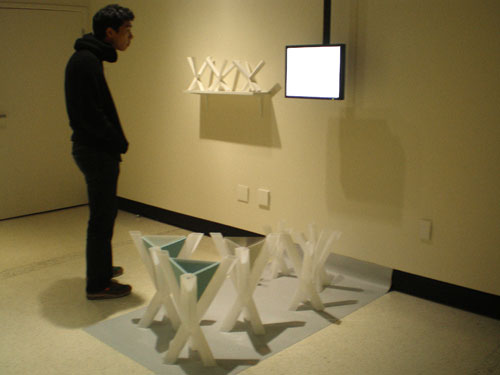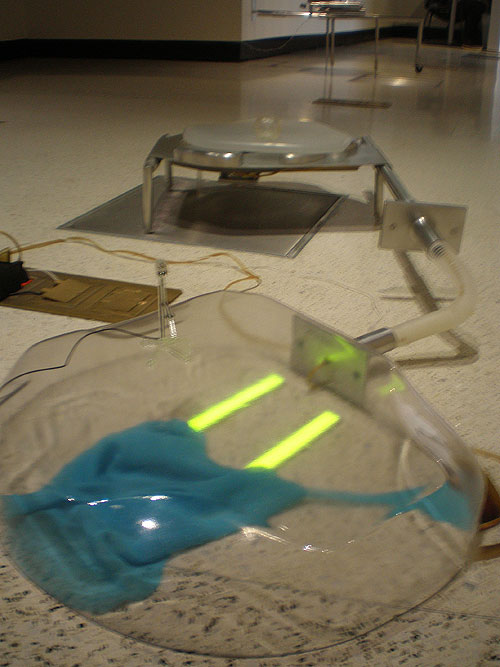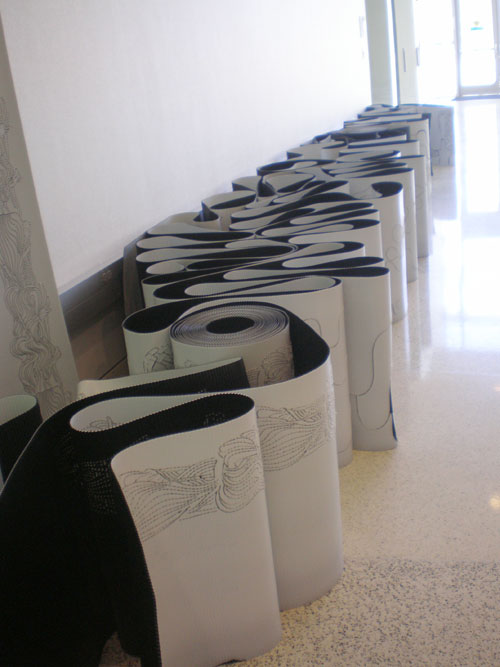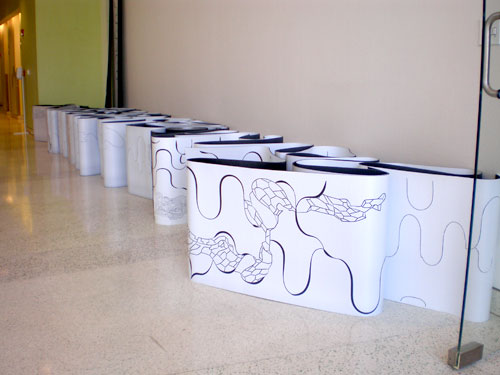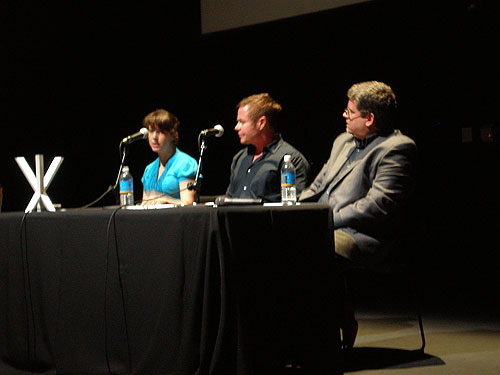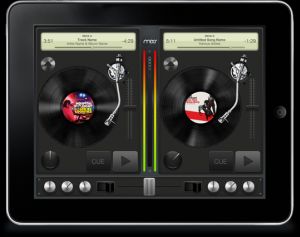Mashup Cultures, edited by Stefan Sonvilla-Weiss
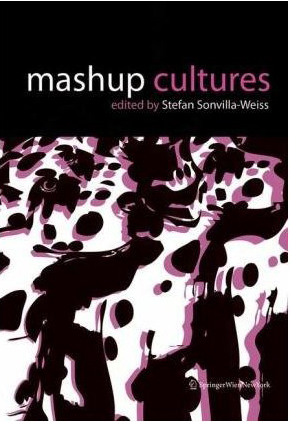
Note: I’m very happy to announce the release of a book publication titled Mashup Cultures in which I contribute a text titled “Regressive and Reflexive Mashups in Sampling Culture.” The text was previously released on Vague Terrain in June 2007, and has been revised and extended by over 15 pages for the book publication. I introduce a series of new terms along with a diagram, which I will be making available online in the near future.
Mashup Cultures, Sonvilla-Weiss. Stefan (Ed.), Springeren: This volume brings together cutting-edge thinkers and scholars together with young researchers and students, proposing a colourful spectrum of media-theoretical, -practical and -educational approaches to current creative practices and techniques of production and consumption on and off the web. Along with the exploration of some of the emerging social media concepts, the book unveils some of the key drivers leading to participatory engagement of the User.
Mashup Cultures presents a broader view of the effects and consequences of current remix practices and the recombination of existing digital cultural content. The complexity of this book, which appears on the occasion of the fifth anniversary of the international MA study program ePedagogy Design – Visual Knowledge Building, also by necessity seeks to familiarize the reader with a profound glossary and vocabulary of Web 2.0 cultural techniques.
Book Link: http://www.springer.com/springerwiennewyork/
art/book/978-3-7091-0095-0
TABLE OF CONTENTS
• Stefan Sonvilla-Weiss: Introduction: Mashups, Remix Practices and the Recombination of Existing Digital Content
• Axel Bruns: Distributed Creativity: Filesharing and Produsage
• Brenda Castro: The Virtual Art Garden: A Case Study of User-centered Design for Improving Interaction in Distant Learning Communities of Art Students
• Doris Gassert: “You met me at a very strange time in my life.” Fight Club and the Moving Image on the Verge of ‘Going Digital’
• David Gauntlett: Creativity, Participation and Connectedness: An Interview with David Gauntlett
• Mizuko Ito: Mobilizing the Imagination in Everyday Play: The Case of Japanese Media Mixes
• Henry Jenkins: Multiculturalism, Appropriation, and the New Media Literacies: Remixing Moby Dick
• Owen Kelly: Sexton Blake & the Virtual Culture of Rosario: A Biji
• Torsten Meyer: On the Database Principle: Knowledge and Delusion
• Eduardo Navas: Regressive and Reflexive Mashups in Sampling Culture
• Christina Schwalbe: Change of Media, Change of Scholarship, Change of University: Transition from the Graphosphere to a Digital Mediosphere
• Noora Sopula & Joni Leimu: A Classroom 2.0 Experiment
• Stefan Sonvilla-Weiss: Communication Techniques, Practices and Strategies of Generation “Web n+1?
• Wey-Han Tan: Playing (with) Educational Games – Integrated Game Design and Second Order Gaming
• Tere Vadén interviewed by Juha Varto: Tepidity of the Majority and Participatory Creativity



